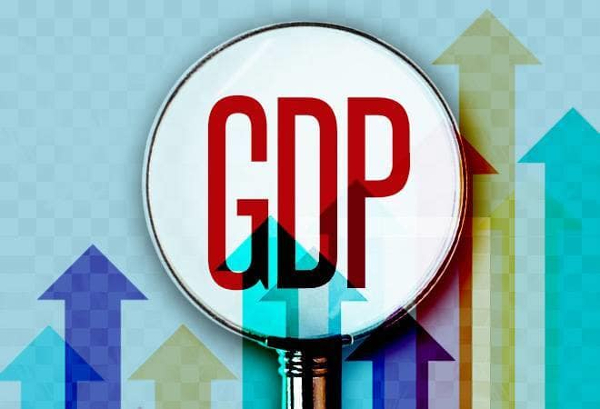SBI Research has revised upwards India’s GDP growth projection to range of 9.3%-9.6% for FY22 and 8.1% in Q2FY22 as 42% Indian population gets fully vaccinated againt COVID-19.
Mr. Soumya Kanti Ghosh, Group Chief Economic Adviser, State Bank of India stated that “The reason for the mounting revision is that India recorded only 11% increase in Covid cases during Q3 2021, second lowest among top 15 most affected countries, and the upsurge in cases has weakened to 2.3% in November 2021 over September 2021. Until now, 1.15 billion vaccine doses have been administered, with 81% of the eligible population getting at least a single dose and 42% of the eligible population both doses. In certain states including Himachal Pradesh, Gujarat, Uttarakhand, Kerala, Karnataka, Telangana and Madhya Pradesh >50% of the eligible population has been fully vaccinated.”
India’s projected 8.1% growth rate in Q2FY22 is the highest growth across all economies. The average GDP growth of 28 selected economies has slowed to 4.5% in Q3 (2021) as against 12.1%. Also at an annual rate of 9.3-9.6%, India’s real GDP growth would now be 1.5%-1.7% greater than the pre-pandemic level of FY20.
Meanwhile, PM declared to repeal all the three agriculture laws and will carry out the constitutional process in the upcoming winter session of Parliament. PM has also announced to form a committee to decide, among others, making the system of MSP more effective and transparent.
SBI Research suggest 5 key agricultural reforms that could act as enablers even without these bills.
First, instead of MSP as a price guarantee that farmers are demanding, the Government may ensure a quantity guarantee clause for a minimum period of 5 years that make its mandatory of procurement to production percentage of crops (being currently procured) being at least equal to last year percentage (with safeguards in exceptional events like droughts, floods etc).
Second, transforming the Minimum Support Price to Floor Price of Auction on National Agriculture Market (eNAM). However, this will not completely solve the problem as the current data shows that average modal prices in e-NAM mandis is lower than the MSP in all kharif commodities (except Soyabean).
Third, attempts must also continue to improve APMC market infrastructure. As per our estimates which are based on a government report, the monetary loss for cereals is almost Rs. 27,000 crore (US$ 3.63 billion) due to harvest and post-harvest losses. The losses for oilseeds and pulses are Rs. 10,000 crore (Rs. 1.34 billion) and Rs. 5,000 crore (US$ 672.58 million), respectively.
Fourth, set up a Contract Farming Institution in India that will have the exclusive right to supervise price discovery in Contract Farming. Contract farming has been influential in many countries by providing growers access to supply chains with market and price stability, as well as technical assistance. The experience of Thailand shows market certainty (52%) and price stability (46%) were prime factors due to which farmers participated in contract farming.
Fifth, safeguarding a symmetric procurement across states. The procurement of cereals had continued to be disproportionate, with top producing states in paddy like West Bengal (First) and Uttar Pradesh (Second) perceiving minimal procurement, even as states like Punjab and Haryana that are not largest producers witnessing much larger procurement.
You may also like
-
Trade Connect E-platform For Exports Is Single Window, Fast, Accessible And Transformational: Shri Piyush Goyal
-
Dot Simplifies Approval Processes For Telecom Licenses And Wireless Equipment
-
Coal Production and Supply Trends on Positive Trajectory
-
Union Minister To Release Booklets On Promotion Of Indigenous Species & Conservation Of States Fishes
-
2nd India-Japan Finance Dialogue held in Tokyo on 6th September, 2024
